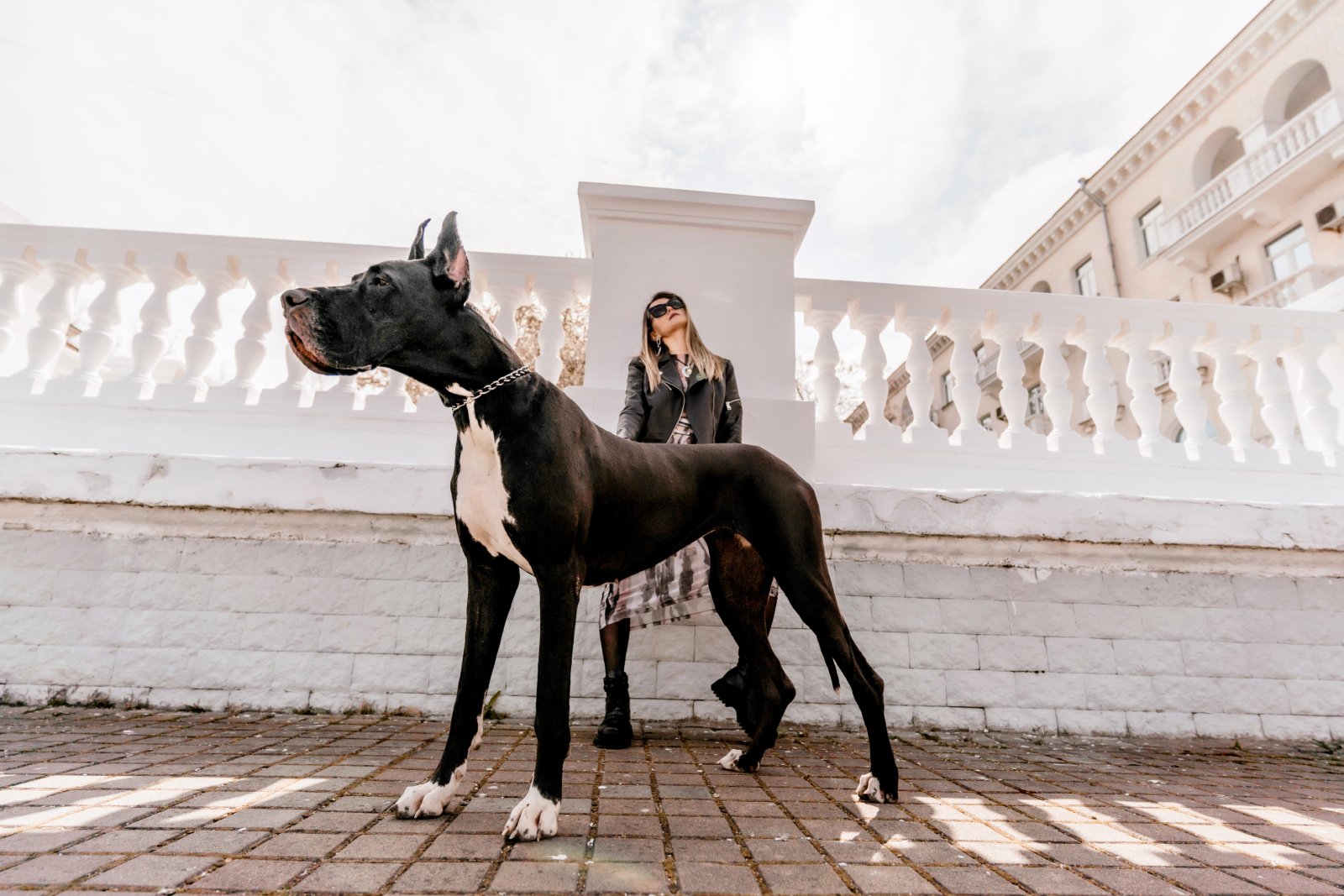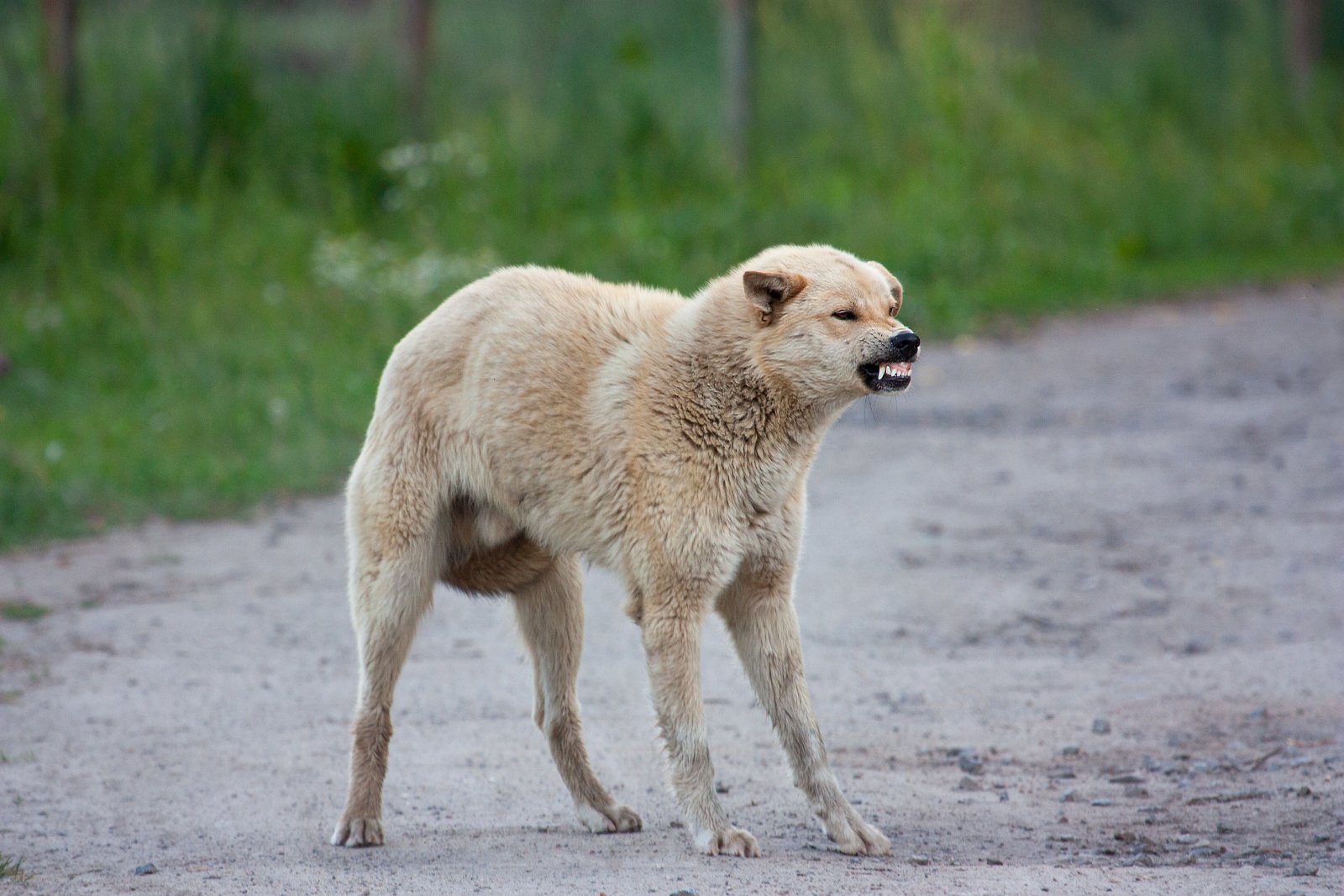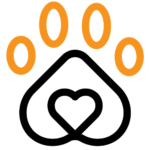Recognizing the signs of an aggressive dog is crucial for ensuring your safety and that of your children. Can you spot the early warning signs before a situation escalates? Here’s what to look out for and teach your kids as well.
1. Stiff Body Posture

An aggressive dog often displays a rigid body, standing tall with minimal movement. This stiffness is a clear indicator of tension and potential aggression.
2. Intense Staring

A fixed, intense stare from a dog is not a sign of curiosity but aggression. Teach your children to avoid direct eye contact with a dog showing this behaviour.
3. Raised Hackles

The hair along a dog’s back standing up, known as hackles, is a sign of arousal and can indicate aggression or fear. It’s a visual clue to steer clear.
4. Bared Teeth

A dog showing its teeth, especially in a snarl, is communicating a clear threat. This is a dog’s way of warning that it may bite if provoked.
5. Growling

A low, rumbling growl is a dog’s way of saying it feels threatened or is ready to defend itself. Always take growling seriously.
6. Snapping or Lunging

Snapping or lunging towards a person or another animal is an immediate sign of aggression. It shows the dog is not just threatening but ready to take action.
7. Tail Position

A stiff, high tail or one that’s tucked under signals discomfort or aggression, respectively. Both positions are warnings of an unhappy dog.
8. Avoiding Touch

A dog that suddenly withdraws from being touched or seems unusually wary of contact may be feeling aggressive or fearful.
9. Ears Pinned Back

Ears flattened against the head are a sign of aggression or anxiety in dogs. This is often accompanied by other aggressive behaviours.
10. Pacing or Restlessness

Aggressive dogs often show signs of restlessness or pacing. This can be a sign of pent-up energy or frustration turning into aggression.
11. Mouth Puckering

When a dog’s lips pucker forward, especially around the nose, it’s preparing to snap or bite. It’s a critical moment to maintain distance.
12. Excessive Barking

Non-stop, aggressive barking at a person or another animal is often a warning of an aggressive stance. It’s more than just communication; it’s a threat.
13. Focused Attention

An aggressive dog may ignore everything else and focus intensely on its target. This single-mindedness indicates a high threat level.
14. Blocking Pathways

If a dog blocks your path or the path of your child, it’s asserting dominance and may act aggressively if challenged.
15. Exposing Belly Aggressively

While a belly-up posture can be a sign of submission, in the context of other aggressive signs, it may be a defensive posture indicating readiness to attack.
16. Rigid Movement

Limited, jerky, or very rigid movements in a dog often precede an aggressive outburst. It shows the dog is on high alert.
17. Whining or Yipping

Unexpected whining or yipping can be a sign of distress leading to aggression, especially if the dog feels cornered or trapped.
18. Nipping or Quick Bites

Quick, controlled bites or nips are not playful but a warning. These can escalate to more serious bites if not heeded.
Educate and Protect

By teaching yourself and your children these signs, you can prevent many potentially dangerous situations. Understanding a dog’s body language isn’t just about avoiding harm; it’s about fostering respectful and safe interactions between humans and animals. Knowledge is the first step to safety.
The post 18 Signs to Spot an Aggressive Dog first appeared on PawShore.
Featured Image Credit: Shutterstock / JessicaMcGovern.
For transparency, this content was partly developed with AI assistance and carefully curated by an experienced editor to be informative and ensure accuracy.

